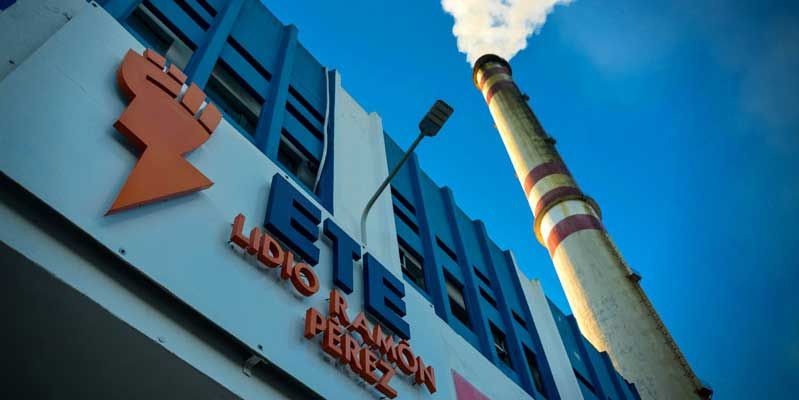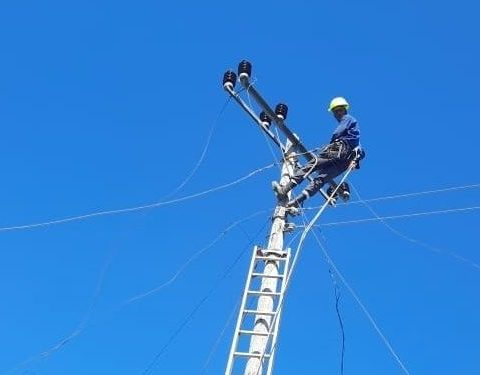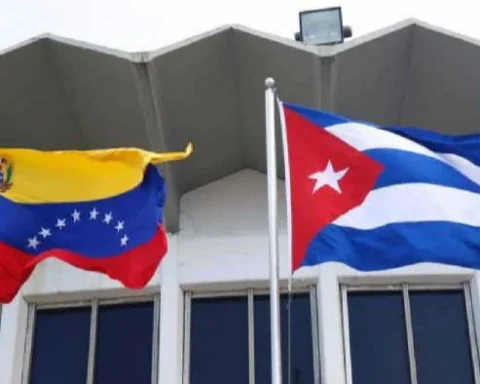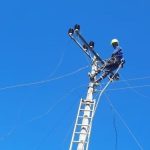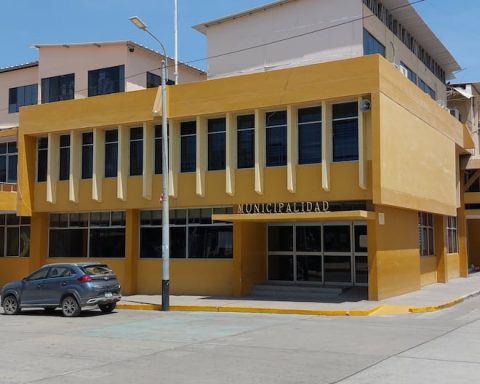Miami.-The Electric Union (UNE) reported through its social networks that unit 1 of the Lidio Ramón Pérez thermoelectric plant, known as Feltonwas outside the national electrical system due to a “false alarm of the generator hydrogen sensor.”
This unit, located in Holguin, had barely reconnected to the system last Friday, after more than a week of planned maintenance that included the cleaning of more than 22,000 tubes of its condenser and the review of key components. However, its reincorporation was ephemeral, aggravating the already precarious energy situation.
The electroenergetic situation in Cuba It crosses one of its worst crises in decades, seriously affecting the daily life of the population. Aging infrastructure, lack of adequate maintenance and fuel shortage have led to frequent blackouts and a significant decrease in the country’s electricity generation capacity.
This reduction in generation capacity has led to deficits of more than 50% in the electricity offer, resulting in blackouts that affect more than half of the country simultaneously.
Fuel shortage is another critical factor. The lack of supply has left 37 distributed generation centrals, further limiting the response capacity of the national electroenergetic system.
For the Cuban population, the consequences are devastating. Prolonged blackouts interrupt essential activities, from food conservation to the functioning of hospitals and schools. The lack of electricity also affects the supply of drinking water, since many pumps depend on the electrical energy to operate. In addition, energy uncertainty generates anxiety and frustration, further complicating daily life in a context already marked by economic and social lacks.
Experts point out that the solution to this crisis requires significant investments in infrastructure and a reform of the economic model that allows a more efficient and sustainable management of the energy sector.
